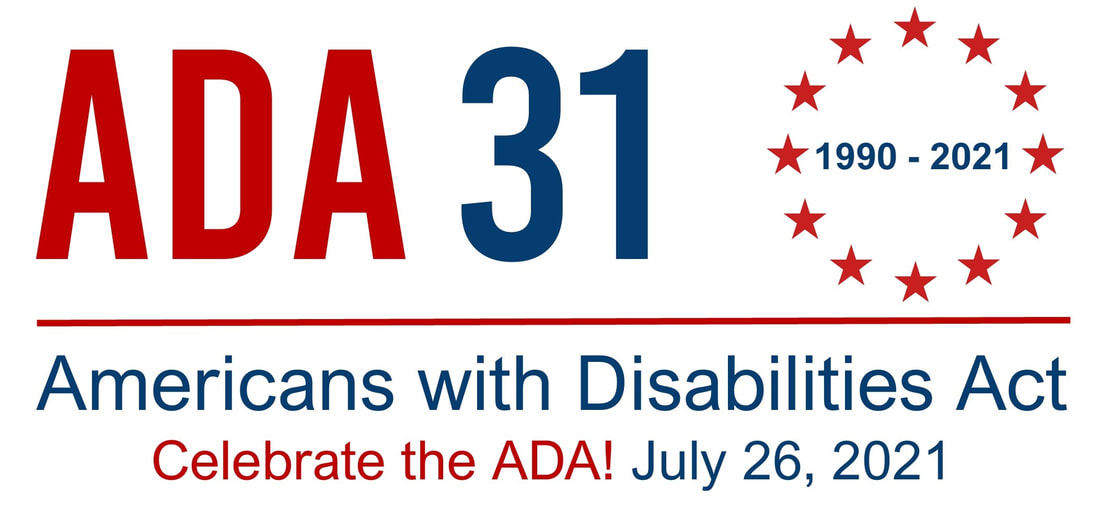|
Today we recognize the 31st anniversary of the passage of the Americans with Disabilities Act (ADA). But there is still more work to be done to ensure people of all abilities have access to information. Here are some tips for marketers from @AlexaHeinrich to improve the accessibility of our social media.
Time to audit our communications! #ADA2021 #DisabilityPrideMonth #DisabilityAwareness #DisabilityInclusion Image Credit: ADA National Network (adata.org)
0 Comments
|
Author
Cheryl A. Seraile is a Full Stack Marketing & Strategy Leader, with a passion for uncovering new trends and insights about consumers, demographics, culture and the world. Categories
All
|

 RSS Feed
RSS Feed